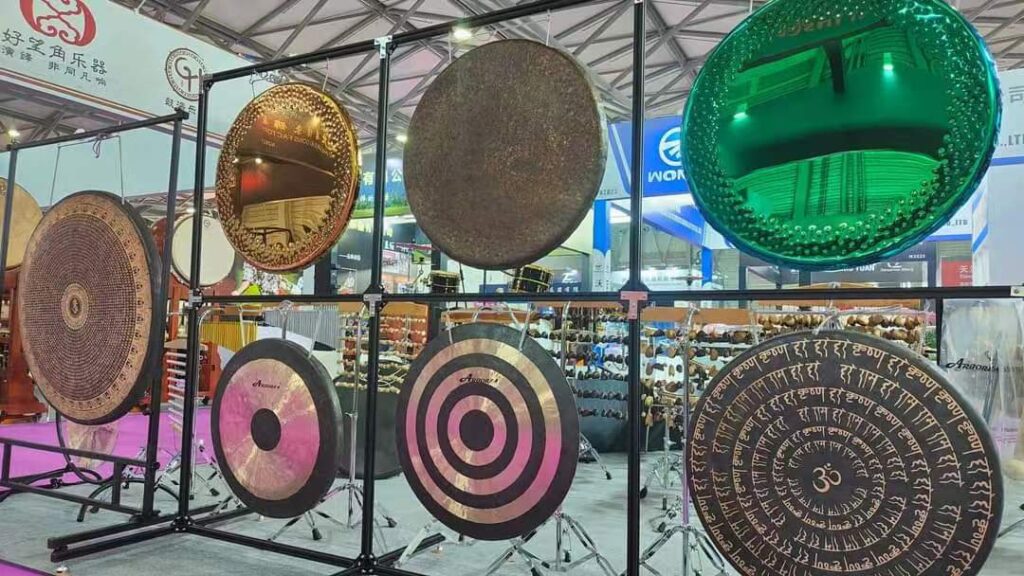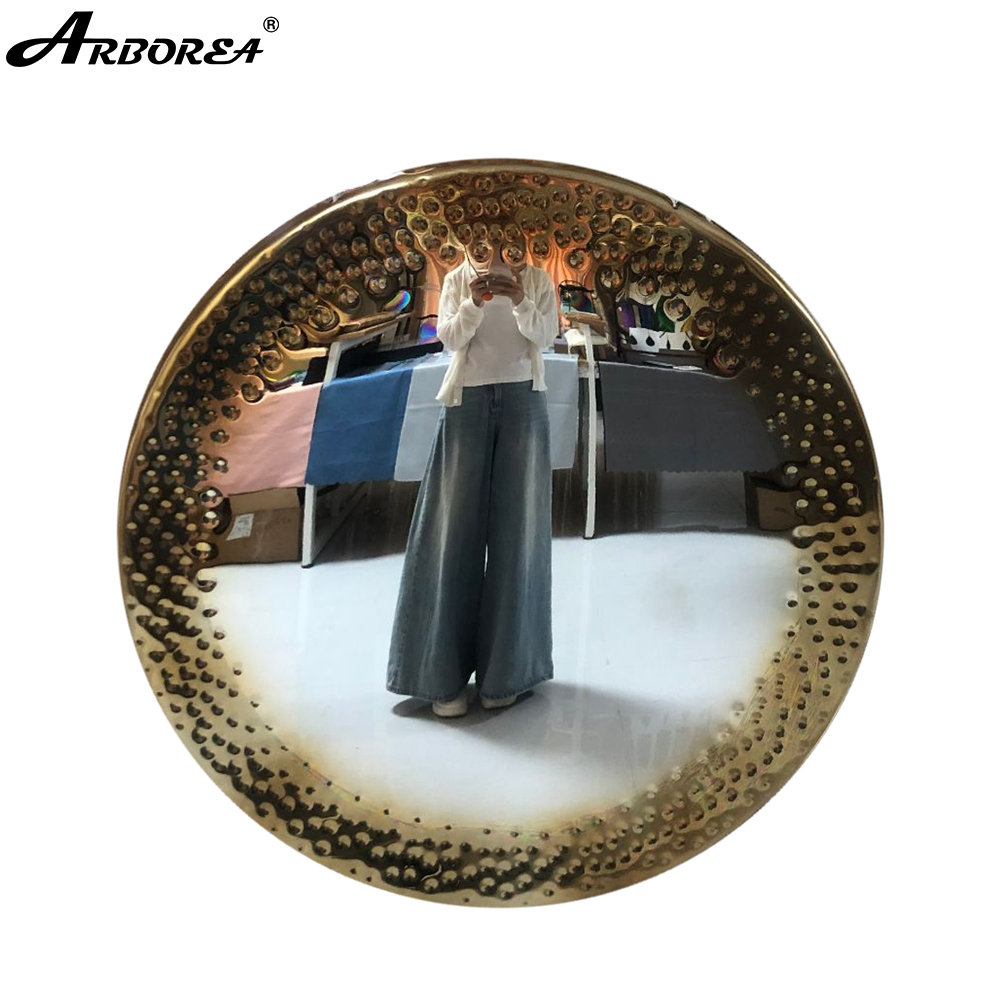Gongs are fascinating musical instruments that have been used for centuries in various cultures around the world, particularly in Asia. Among the different types of gongs, those made from alloys and pure copper stand out due to their unique sound qualities and characteristics. This article will explore the differences between alloy gongs and copper gongs, examining their materials, sound properties, manufacturing processes, and applications in music and healing.

Understanding Gong Materials
Alloy Gongs

Alloy gongs are made from a combination of metals, primarily copper mixed with other elements such as tin, zinc, or nickel. The most common alloy used in gong manufacturing is bronze, which typically consists of about 80% copper and 20% tin. This combination results in a gong that has a rich, warm tone with excellent sustain and resonance.The specific alloy formula can vary among manufacturers. For instance, some may incorporate additional metals like silver or lead to enhance certain tonal qualities. The choice of alloy affects not only the sound but also the durability and appearance of the gong. For example, brass gongs, which are made from a mixture of copper and zinc, produce a brighter sound compared to bronze gongs.
Copper Gongs

Copper gongs are crafted from pure copper or primarily copper-based materials without significant alloying with other metals. Copper is known for its excellent acoustic properties, producing deep, resonant tones that can evoke a sense of warmth and richness. The sound produced by copper gongs is often described as more mellow compared to their alloy counterparts.While copper gongs may not have the same level of complexity in terms of tonal overtones as alloy gongs, they are appreciated for their unique sound characteristics. Additionally, copper gongs can develop a beautiful patina over time due to oxidation, adding to their aesthetic appeal.
Sound Properties
Acoustic Characteristics of Alloy Gongs
Alloy gongs produce a wide range of sounds due to the combination of metals used in their construction. The presence of tin in bronze alloys contributes to a bright attack followed by warm overtones that sustain for longer periods. The specific combination of metals allows for fine-tuning during the manufacturing process, enabling artisans to create gongs with distinct tonal qualities suited for various musical styles.The harmonics produced by alloy gongs can be complex and layered, making them ideal for orchestral settings where multiple instruments are playing together. Their ability to project sound clearly makes them popular choices among musicians who require both volume and definition in their performances.
Acoustic Characteristics of Copper Gongs
Copper gongs offer a different auditory experience characterized by their deep tones and rich resonance. The sound produced is often described as darker and more subdued compared to alloy gongs. This quality makes copper gongs particularly effective in meditation and healing practices where softer sounds are preferred.The simplicity of the sound produced by copper gongs allows listeners to connect more deeply with the vibrations they emit. Many practitioners find that these deeper tones facilitate relaxation and introspection during meditation sessions.
Manufacturing Processes
Crafting Alloy Gongs
The manufacturing process for alloy gongs involves several intricate steps that require skilled craftsmanship. Initially, the raw materials are melted together to form an alloy that meets specific acoustic requirements. Once the alloy is prepared, it is poured into molds to create the desired shape.After casting, artisans hammer the gong into its final form through a process known as hand-hammering. This technique not only shapes the gong but also tunes it by adjusting its thickness in specific areas to achieve desired pitches and harmonics. The final tuning process is meticulous; craftsmen remove small amounts of material until they reach the perfect sound quality.
Crafting Copper Gongs
Copper gongs are similarly crafted but often require less complex alloying processes since they primarily use pure copper. The manufacturing begins with shaping the copper into discs through casting or rolling methods. Once shaped, artisans also employ hand-hammering techniques to achieve the desired sound characteristics.The tuning process for copper gongs is also focused on adjusting thickness and shape but may involve fewer variations compared to alloy gongs due to the consistency of pure copper’s acoustic properties.
Applications in Music and Healing
Uses of Alloy Gongs
Alloy gongs are widely used in various musical contexts due to their versatile sound properties. They are commonly found in orchestras, ensembles, and contemporary music settings where dynamic range and clarity are essential. Their ability to blend well with other instruments makes them popular choices for composers looking to add depth and texture to their works.In addition to musical applications, alloy gongs are also utilized in sound healing practices. Their rich harmonics can create immersive soundscapes that promote relaxation and emotional release during therapeutic sessions.
Uses of Copper Gongs
Copper gongs have gained popularity primarily within meditation and healing practices due to their soothing sounds and deep resonance. Many practitioners use them during yoga sessions or sound baths where gentle tones help facilitate relaxation and mindfulness.The unique tonal quality of copper gongs makes them ideal for creating calming environments conducive to meditation or introspection. Their ability to resonate deeply allows individuals to connect with themselves on a profound level during healing sessions.
Conclusion
In summary, both alloy gongs and copper gongs offer unique advantages depending on their intended use and desired sound characteristics. Alloy gongs provide versatility with bright tones and complex harmonics suitable for various musical applications, while copper gongs deliver deep, resonant sounds that excel in meditation and healing contexts.When choosing between an alloy gong and a copper gong, it is essential to consider factors such as intended use, desired tonal qualities, and personal preferences regarding aesthetics and sound experience. Ultimately, both types of gongs contribute significantly to the rich tapestry of musical expression and therapeutic practices enjoyed by individuals around the world today.
